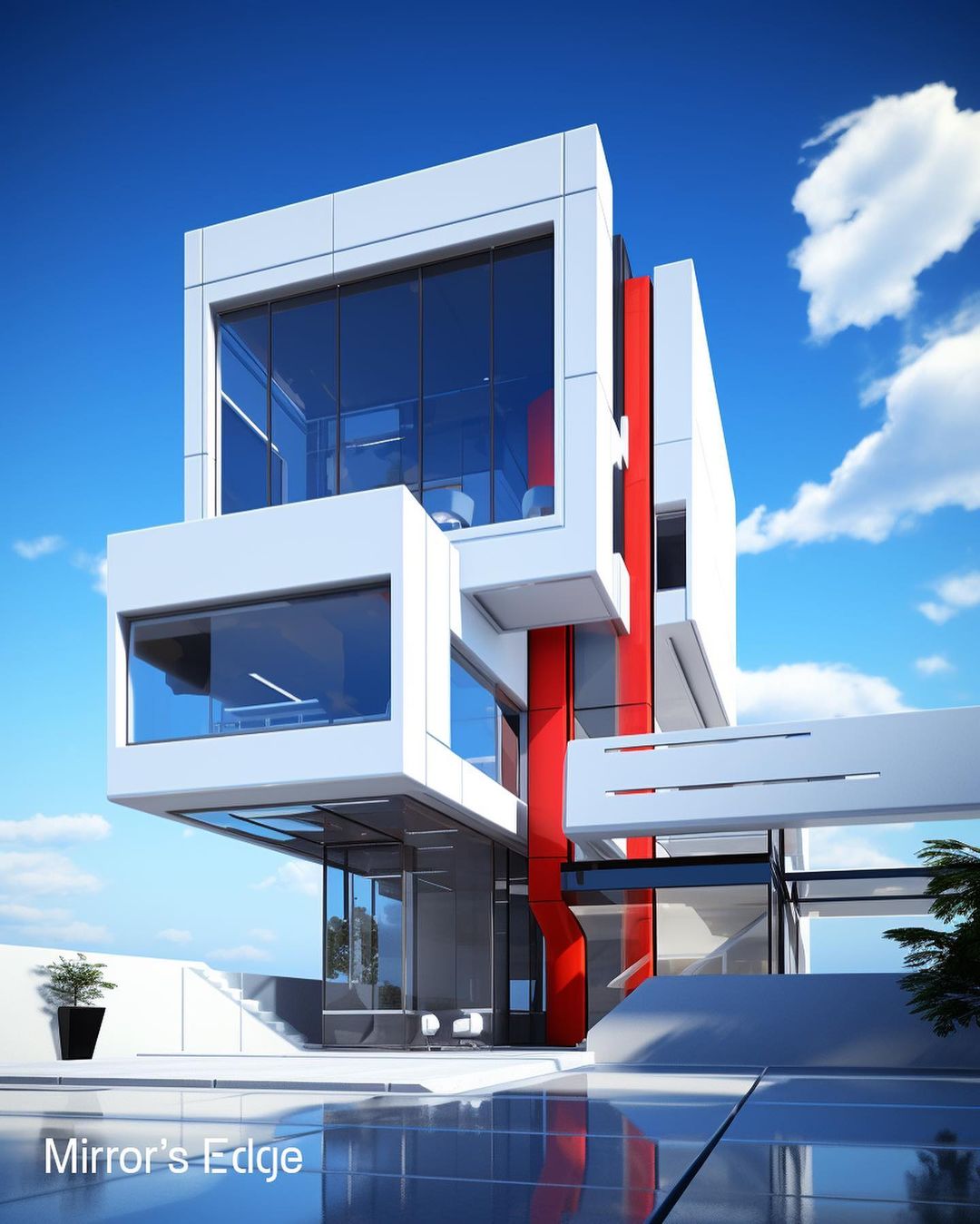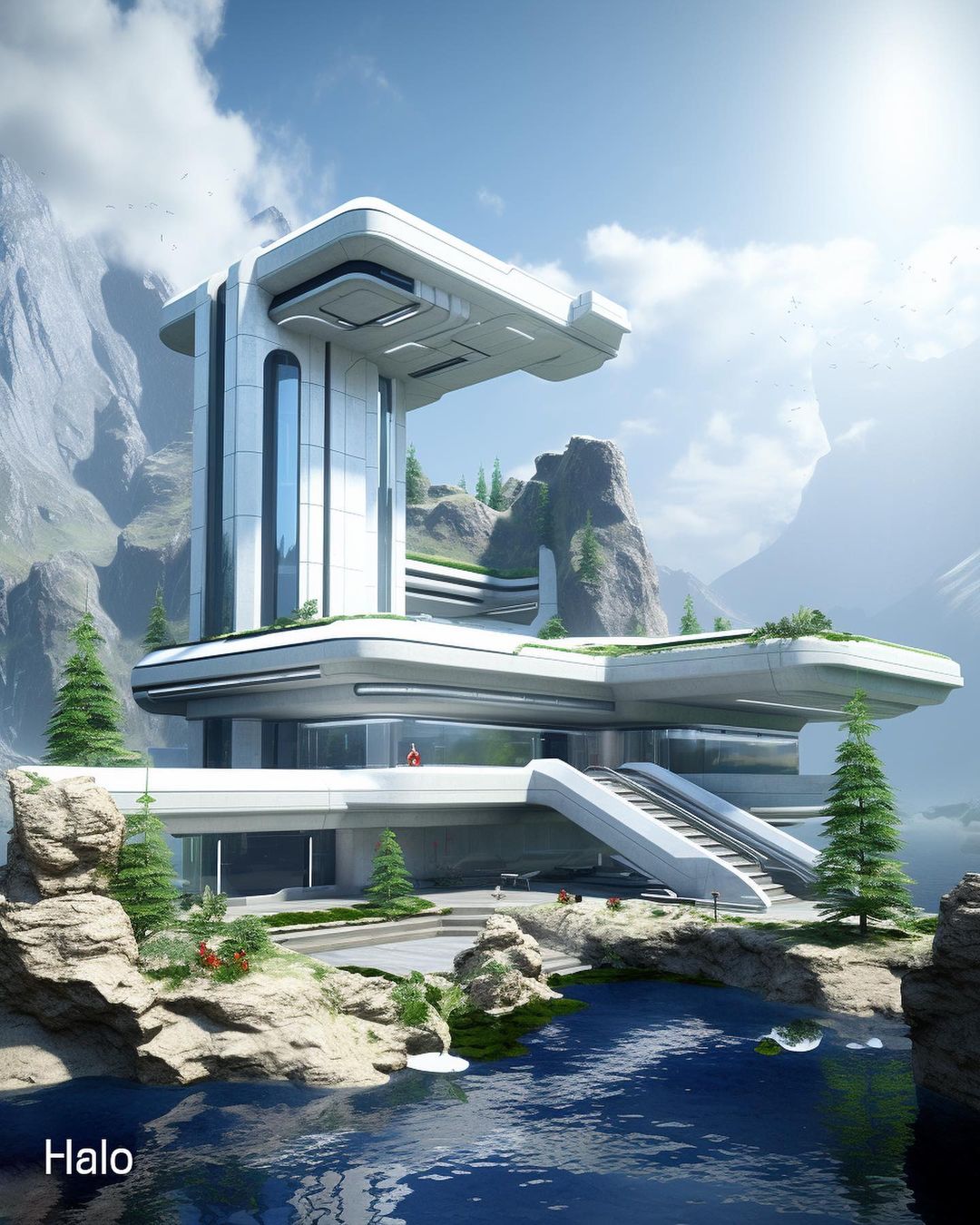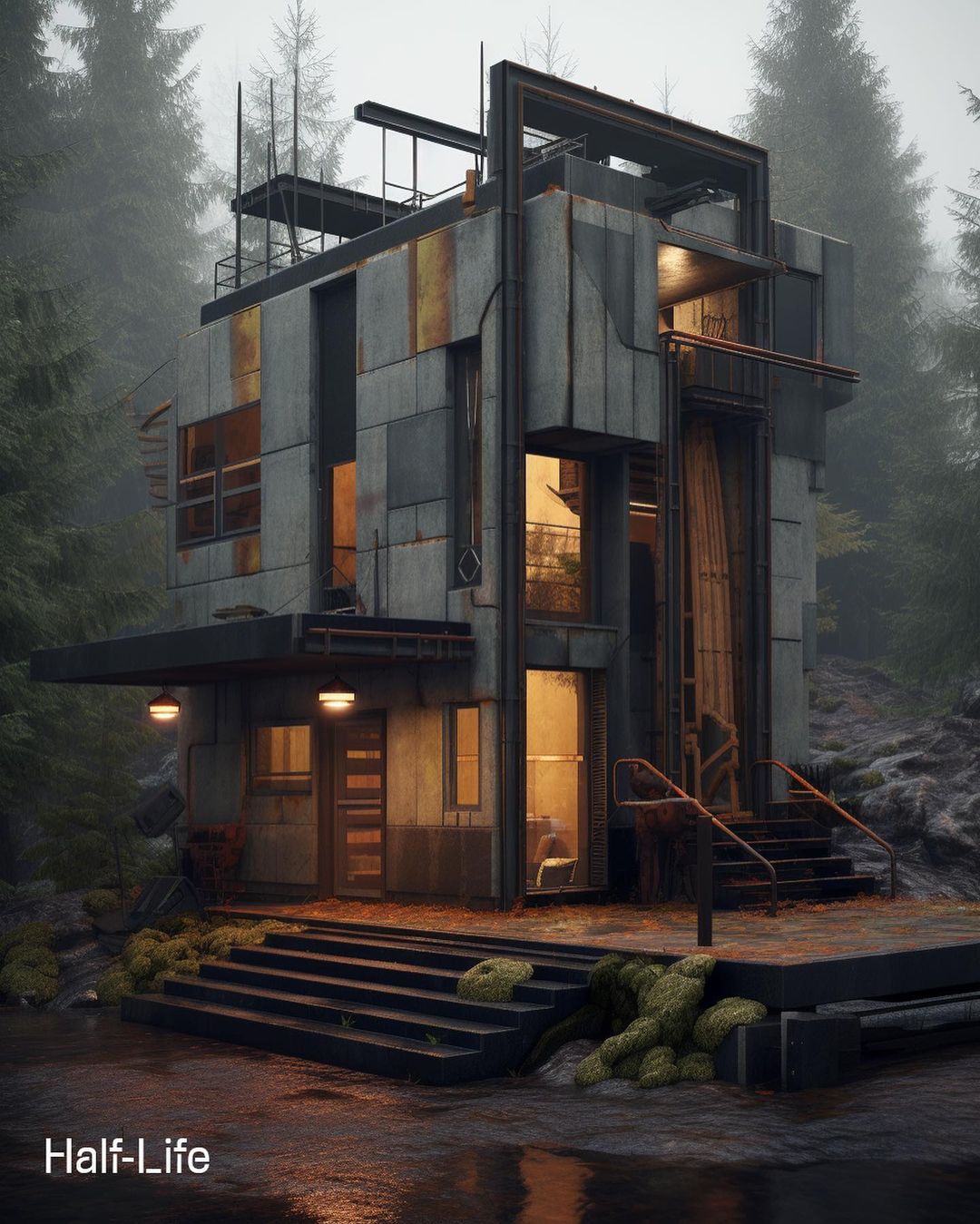In recent years, video games have evolved far beyond simple entertainment. They’ve become a source of inspiration for various aspects of our lives, including architecture and interior design. The future of housing is being significantly influenced by the imaginative and often futuristic settings found in video games. Here’s a closer look at how these virtual worlds are shaping our real-world living spaces.

The concept of designing real-life homes inspired by video games is not new, but it’s gaining more traction in the housing and architectural industries. Gamers and non-gamers alike are drawn to the innovative and imaginative designs they’ve encountered in video games. Some of the most influential video games include Minecraft, The Sims, and many science fiction and fantasy titles.

Minecraft, a block-building game that encourages players to construct entire worlds, has been especially influential. The game’s pixelated, blocky aesthetic has inspired architects to experiment with block-shaped designs in real homes. The result is a unique, cubist architectural style that adds a touch of whimsy and creativity to our physical surroundings.

The Sims franchise, known for its life simulation gameplay, allows players to design and furnish virtual homes to their heart’s content. With its extensive catalog of furniture and decor items, it has inspired homeowners to emulate its lifelike interiors in reality. Many modern homes now reflect The Sims’ aesthetic by incorporating minimalist design, open living spaces, and an emphasis on functionality.

Games set in futuristic or fantasy worlds often showcase avant-garde architecture and innovative interior design. These titles, including the Mass Effect series, Cyberpunk 2077, and Final Fantasy, have encouraged architects and designers to bring elements like futuristic lighting, innovative materials, and otherworldly aesthetics to modern homes.

The influence of video games doesn’t stop at architecture and interior design. Virtual reality (VR) technologies are also bridging the gap between the gaming and housing worlds. VR allows homeowners to take immersive virtual tours of properties, and architects to collaborate with clients in new and innovative ways.
